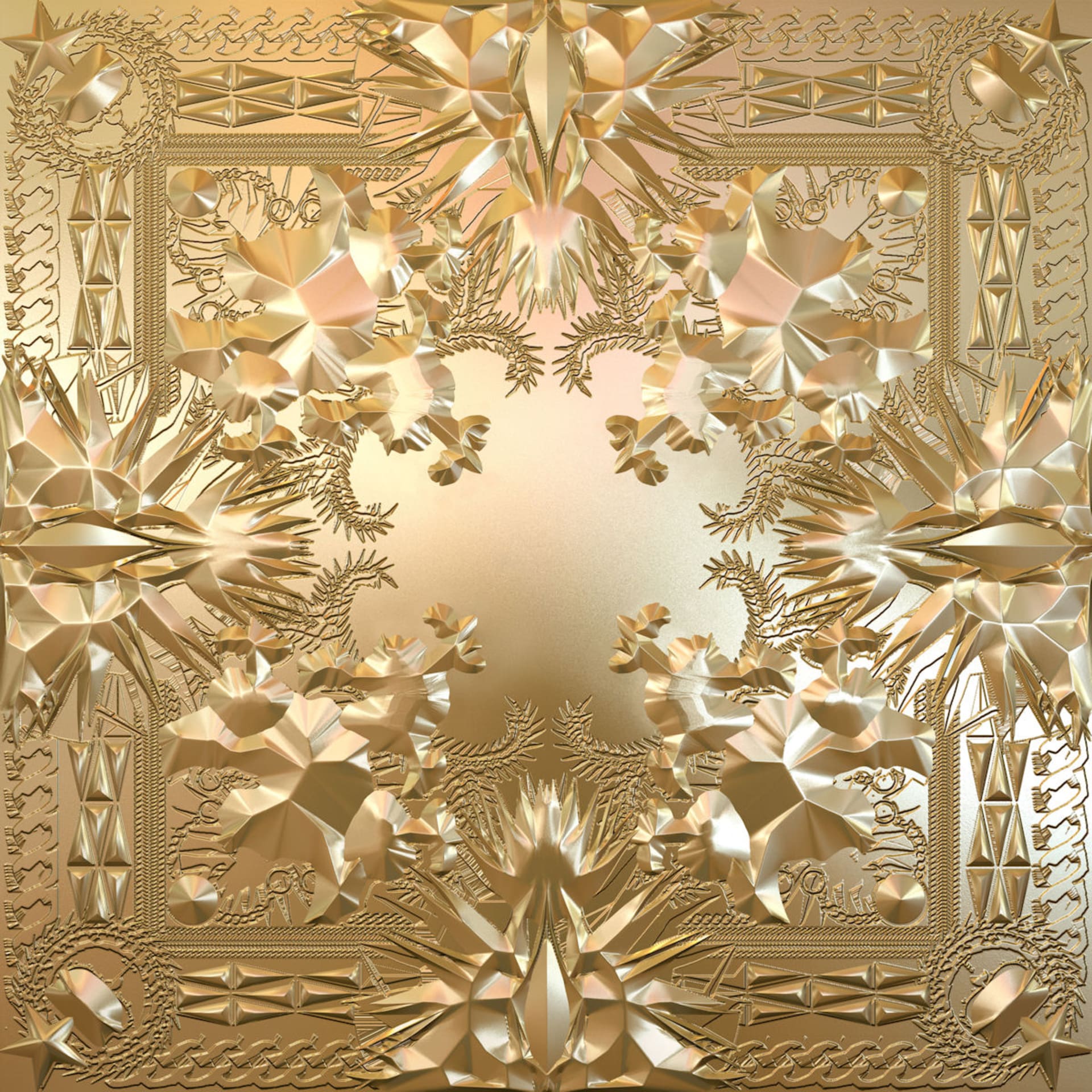
Arto Lindsay recommends Kanye West’s and Jay-Z’s Watch the Throne
Arto Lindsay is a US-born guitarist, singer, and producer currently living in Rio de Janeiro. As the release of Kanye West’s highly-anticipated album Yeezus approaches, we revisit Lindsay’s take on Ye’s collaborative epic with Jay-Z Watch The Throne, which originally appeared in our Fall, 2011, print magazine.
There are two production styles I’ve gotten really into these days: the first is the (James) Blakean school of combining dubstep sounds, vocal treatments and strange repetition. The second is T-Bone Burnett’s big, old-fashioned Hollywood reverb thing—huge and fearless. Kanye West’s sound is a combination of the two, which, in my book, makes him the world’s number one producer. After making a name for himself with sped-up samples and beats, Kanye learned old-fashion production skills: orchestration, arrangement and analogue recording techniques. By hiring the best sound engineers around, Kanye vindicates all the good things about the old recording industry. And he’s obsessive about keeping up with the global underground, from dance music and indie rock to every other imaginable sub-genre.
I love the grand, excessive, and triumphant things in hip-hop—beats and rhymes, big and epic. Watch the Throne is exactly that. Plus, Kanye can be so personal and intense, which balances Jay-Z’s more technical approach. Jay-Z’s stories have also become more familiar, compared to Kanye’s highly original observations about life and the world. Take Kanye’s second verse on “No Church in the Wild”: “When we die, the money we can’t keep. But we probably spend it all ’cause the pain ain’t cheap. Preach!” This comes right after he’s laid down the guidelines for a proper threesome. Watch the Throne also features two songs with singer Frank Ocean from Odd Future, whose “Novacane” has blown up over the past few months. It’s an album with a finger on the pulse of the future.
Some might think it’s decadent and offensive that American rappers talk so much about money— especially when so many people are out of work. But this record is split in half in more ways than one: half of it is about how much money Kanye and Jay-Z have and the other half is about those who don’t have money and why; about how black people are still suffering in America; about how black women are still not considered beautiful. And of course, the poor want luxury in their entertainment. People like shiny things, and in a sense this record is the shiniest object of the moment, with the faux bas-relief cover by Givenchy designer Riccardo Tisci.
On one track Kanye and Jay-Z literally bought both a Curtis Mayfield and an Otis Redding song in order to chop them up and sample them how they wanted. They bought these songs! Crazy! Or as it’s said these days: “Cray!” The results are pretty impressive, too. Kanye uses the actual sound of the song—that is, the sound of the recording, not just the beat. He then builds everything else in detailed fashion around it, like with “Try a Little Tenderness”, where he layers his own singers and percussion right on top. Then he just yanks some of Otis’ vocal sounds—groans, grunts, guttural exclamations—and uses them for rhythm. It’ll be interesting to see how the world rethinks the American dream now that America is no longer the subject of the world’s dreams. This record is beginning to think such thoughts. ~
Published June 10, 2013. Words by Arto Lindsay.
